On storm-lashed cliffs and misty shores of the North Atlantic, an eerie silence hangs where flocks of enormous, flightless birds once gathered. The Great Auk, with its glossy black-and-white plumage and tragic fate, is more than a ghost of the past—it’s a symbol of nature’s vulnerability and humanity’s irreversible mark. The story of the Great Auk isn’t just about a vanished species; it’s a haunting reminder of what is lost when curiosity turns to exploitation, and a cautionary tale echoing across generations of scientists, bird lovers, and anyone who’s ever stood in awe of wild places.
The Majestic Appearance: A Penguin of the North
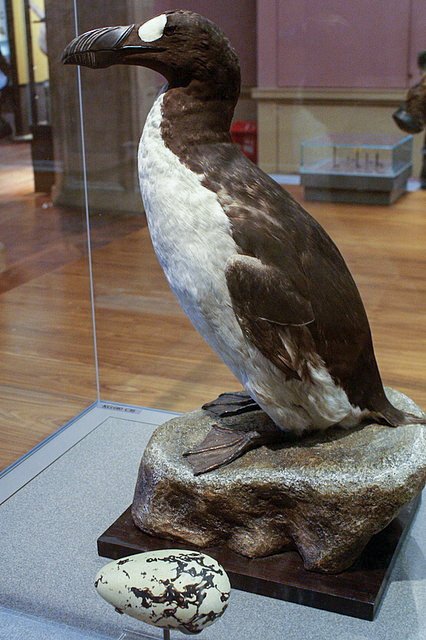
The Great Auk stood nearly three feet tall, making it one of the largest seabirds of its time. Its black back contrasted sharply with a white belly, resembling the tuxedoed look of penguins—though they were not closely related. With tiny, stubby wings, the Great Auk was built for swimming, not flight, propelling itself underwater in search of food. Its beak was thick and hooked, perfect for snapping up slippery fish. On land, it stood upright, almost comically dignified, a stark presence on rocky coastlines. The bird’s appearance alone inspired wonder and curiosity in early naturalists. Its striking form made it a natural target for both admiration and, sadly, exploitation.
Native to Rugged Shores: The British Isles and Beyond
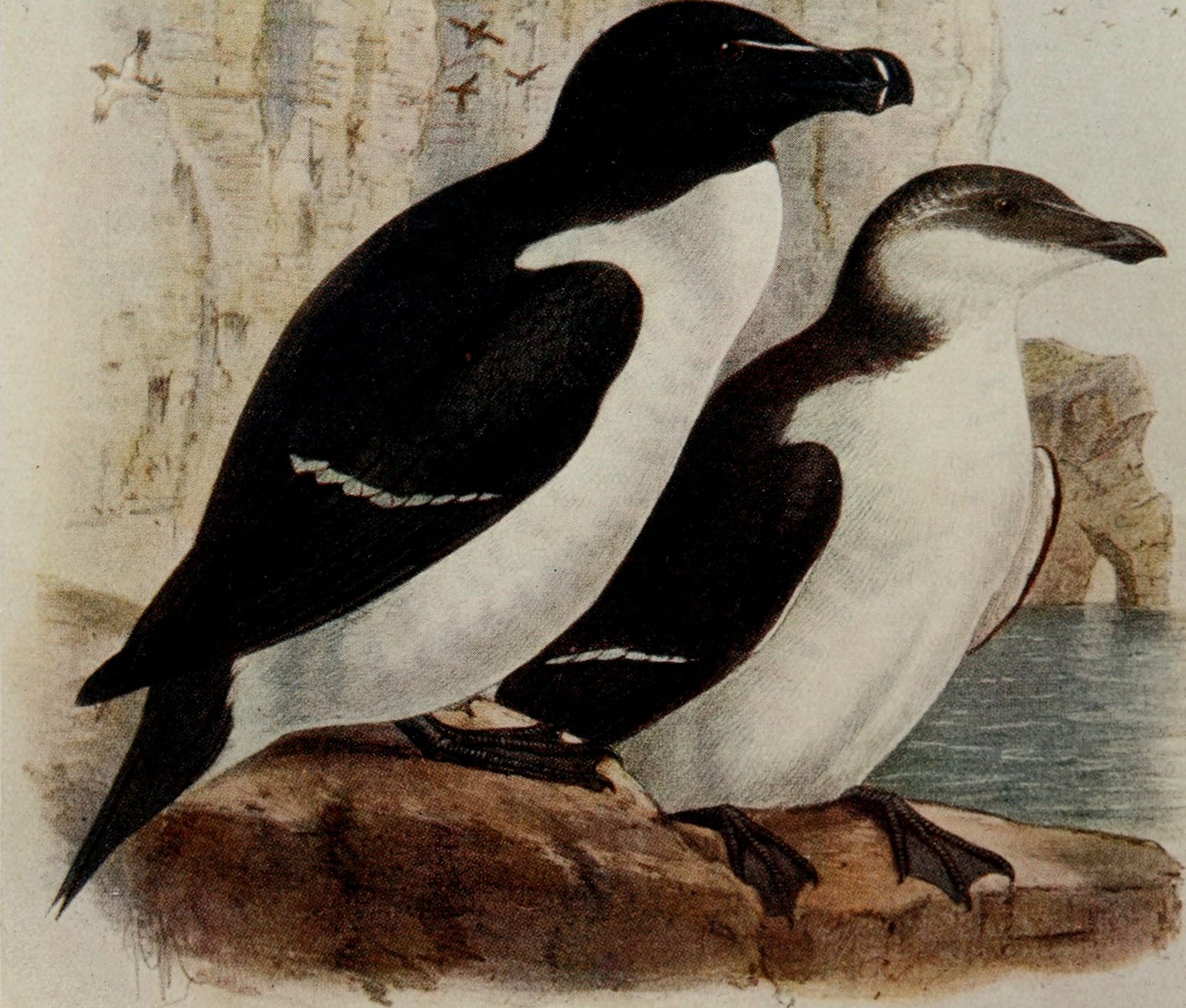
The Great Auk was once widespread across the North Atlantic, with breeding colonies stretching from Canada to Scandinavia, and crucially, the British Isles. They favored remote, rocky islands—places like St. Kilda, Papa Westray, and the Isle of Eldey—where predators were few and the sea was abundant. These birds would return year after year to the same windswept shores, forming dense, noisy colonies. The haunting image of thousands of Great Auks packed onto a single island is hard to imagine today. Their presence shaped local legends and inspired awe in coastal communities, who saw the bird as a symbol of the wild and untamable sea.
Life Beneath the Waves: Masters of the Ocean
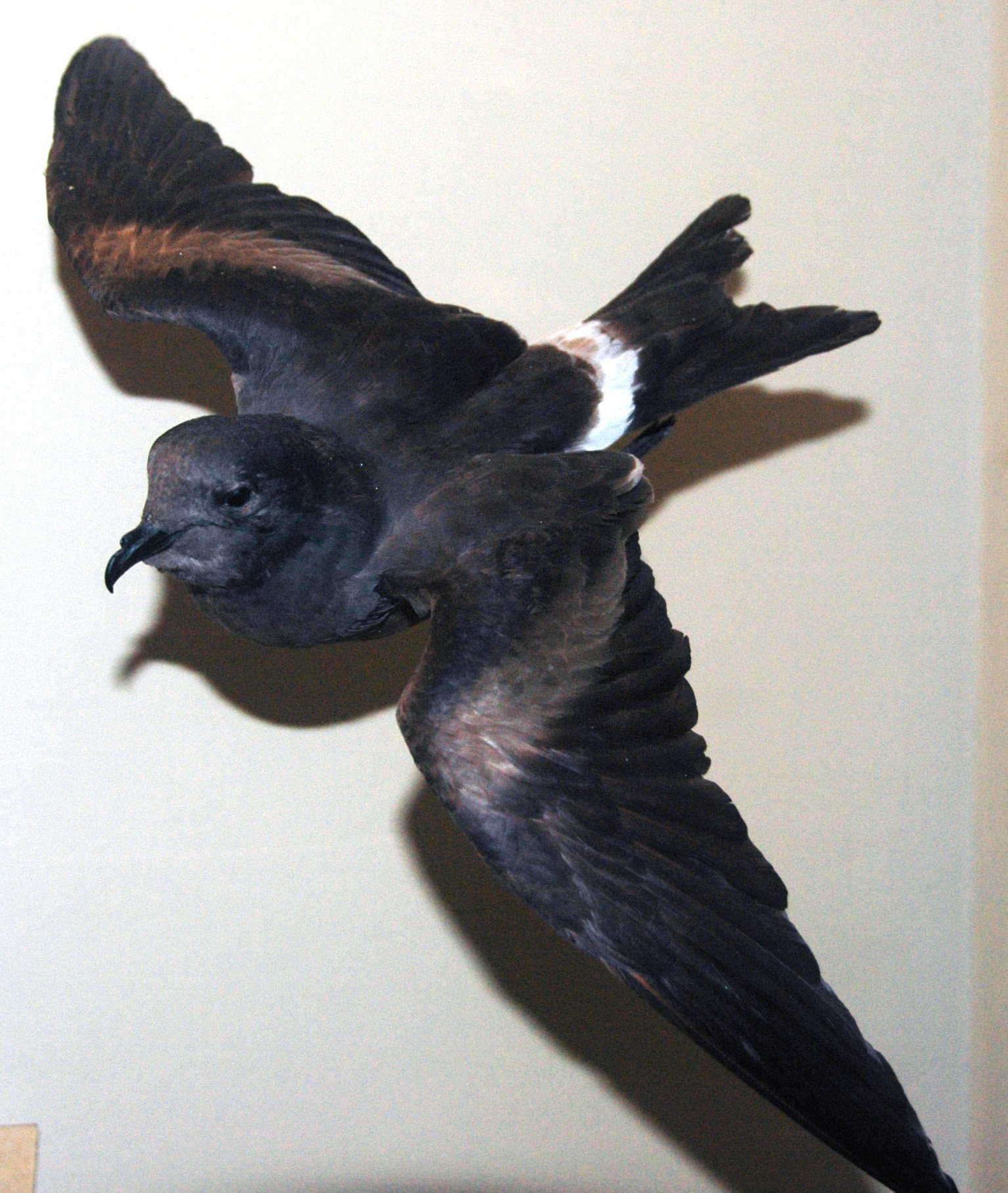
Though clumsy on land, the Great Auk was a masterful swimmer. Using their small wings like flippers, they could dive to impressive depths and chase schools of fish with agility. Their diet consisted mostly of fish such as capelin and sand lance, with the occasional crustacean. Underwater, their bodies were streamlined, and their webbed feet provided powerful propulsion. Scientists believe they could hold their breath for several minutes, navigating cold, turbulent waters with ease. Their underwater elegance made them uniquely adapted to the harsh conditions of the North Atlantic. The sea was both their hunting ground and their refuge.
Breeding Rituals: A Gathering of Thousands

Every summer, Great Auks would return to their breeding islands in vast numbers. The colonies were crowded and noisy, with pairs forming lifelong bonds. They laid a single, large, speckled egg directly on bare rock, relying on sheer numbers to protect against predators. Both parents took turns incubating the egg and feeding the chick, which would fledge just a few weeks after hatching. The synchronous nature of their breeding added drama to the landscape, as hundreds of chicks would leave the colony in a matter of days. This spectacle was once a highlight of the northern summer—an unrepeatable pageant of life.
The Human Encounter: Curiosity and Calamity
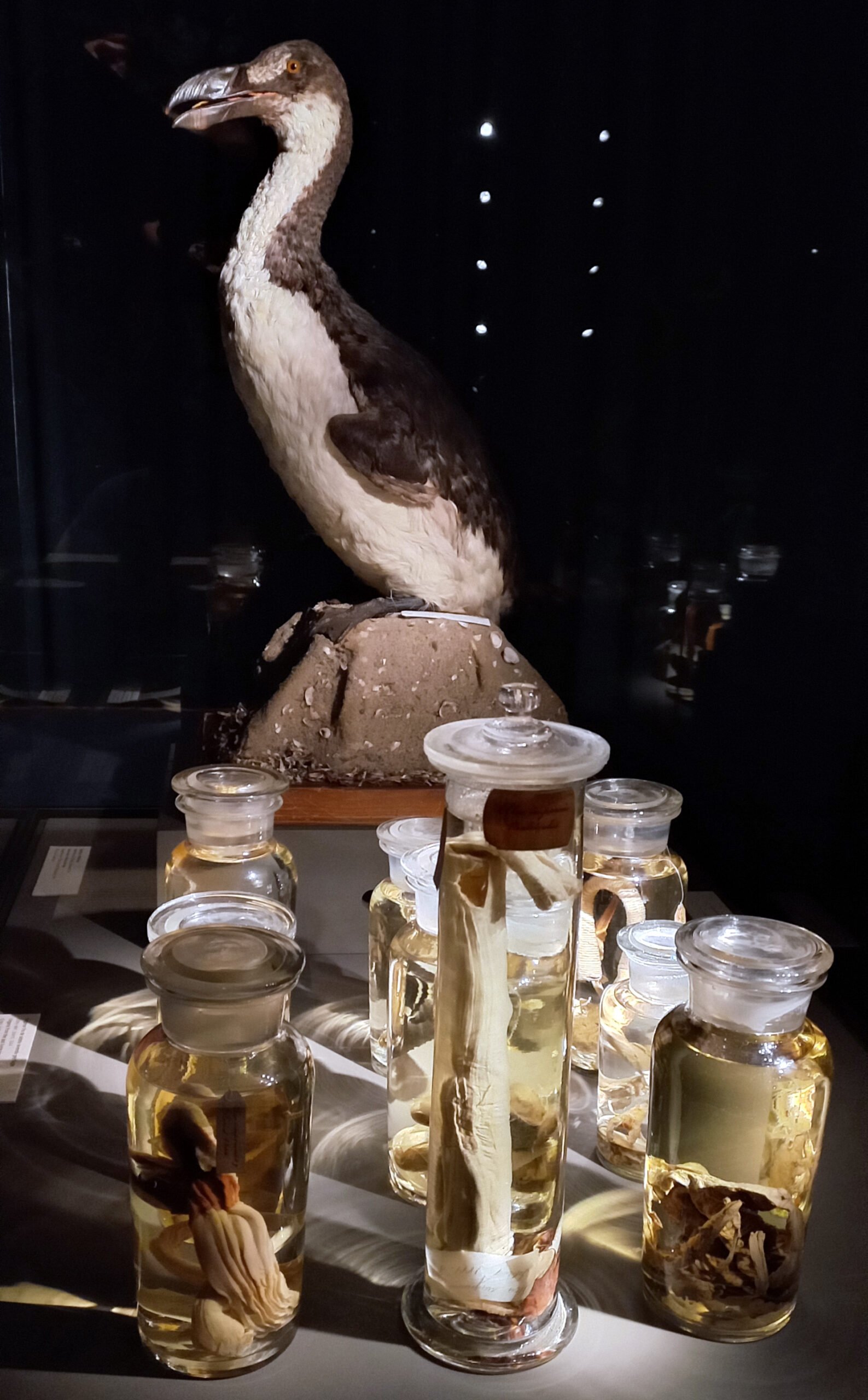
When humans first encountered the Great Auk, they were fascinated by its size and tameness. The birds’ inability to fly made them easy prey, and their eggs were readily collected for food. Sailors, fishermen, and even early scientists flocked to the breeding islands, often taking more than they needed. Some local legends describe the birds as “sea priests” or harbingers of storms, showing the deep impression they left on people. Yet this curiosity quickly turned to exploitation, as the birds’ numbers began to dwindle. The ease with which the Great Auk could be captured sealed its fate.
Exploitation and Overhunting: The Downward Spiral
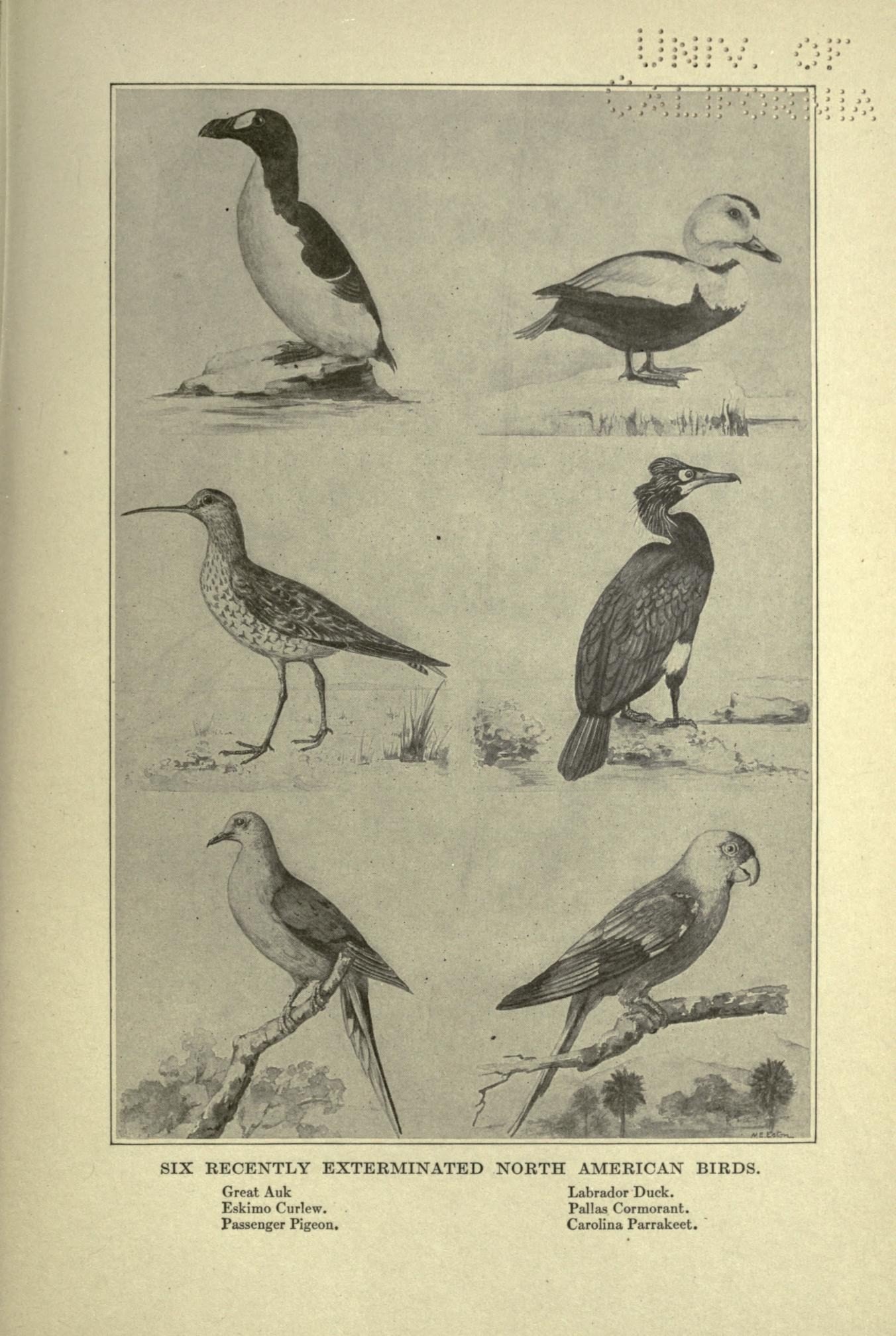
The Great Auk’s dense colonies and lack of fear made it particularly vulnerable to hunting. Commercial interests saw opportunity in the bird’s meat, feathers, and oil. Feathers were used to stuff mattresses and pillows, while their eggs became collector’s items across Europe. By the early 19th century, organized hunting parties targeted the remaining colonies with ruthless efficiency. The slaughter was so intense that birds were sometimes herded into pens and killed en masse. With each passing year, the population shrank, and the haunting cries of the Great Auk faded from more and more islands. The decline was swift, shocking even some contemporary observers.
The Final Days: Extinction Unfolds
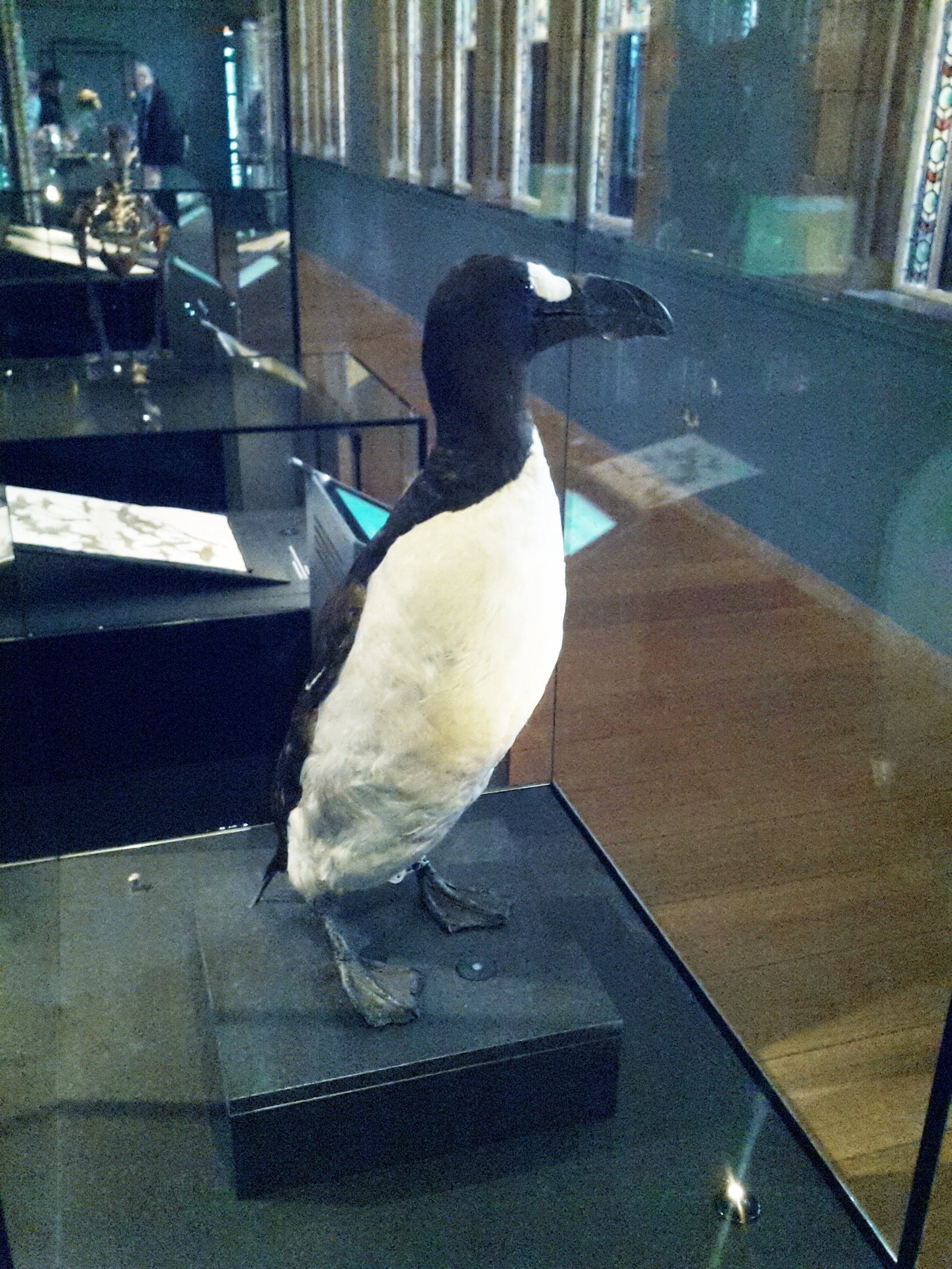
By the mid-1800s, the Great Auk was teetering on the brink. The last known breeding pair was killed on Eldey Island, off Iceland, in 1844, their single egg dashed by hunters desperate for a specimen. This moment is often cited as one of the clearest examples of human-driven extinction. Some reports claim a few survivors lingered in hidden corners, but none were ever confirmed. The silence that followed was profound. The extinction of the Great Auk sent shockwaves through the scientific community, marking a turning point in our understanding of extinction itself.
The British Connection: Islands of Ghosts
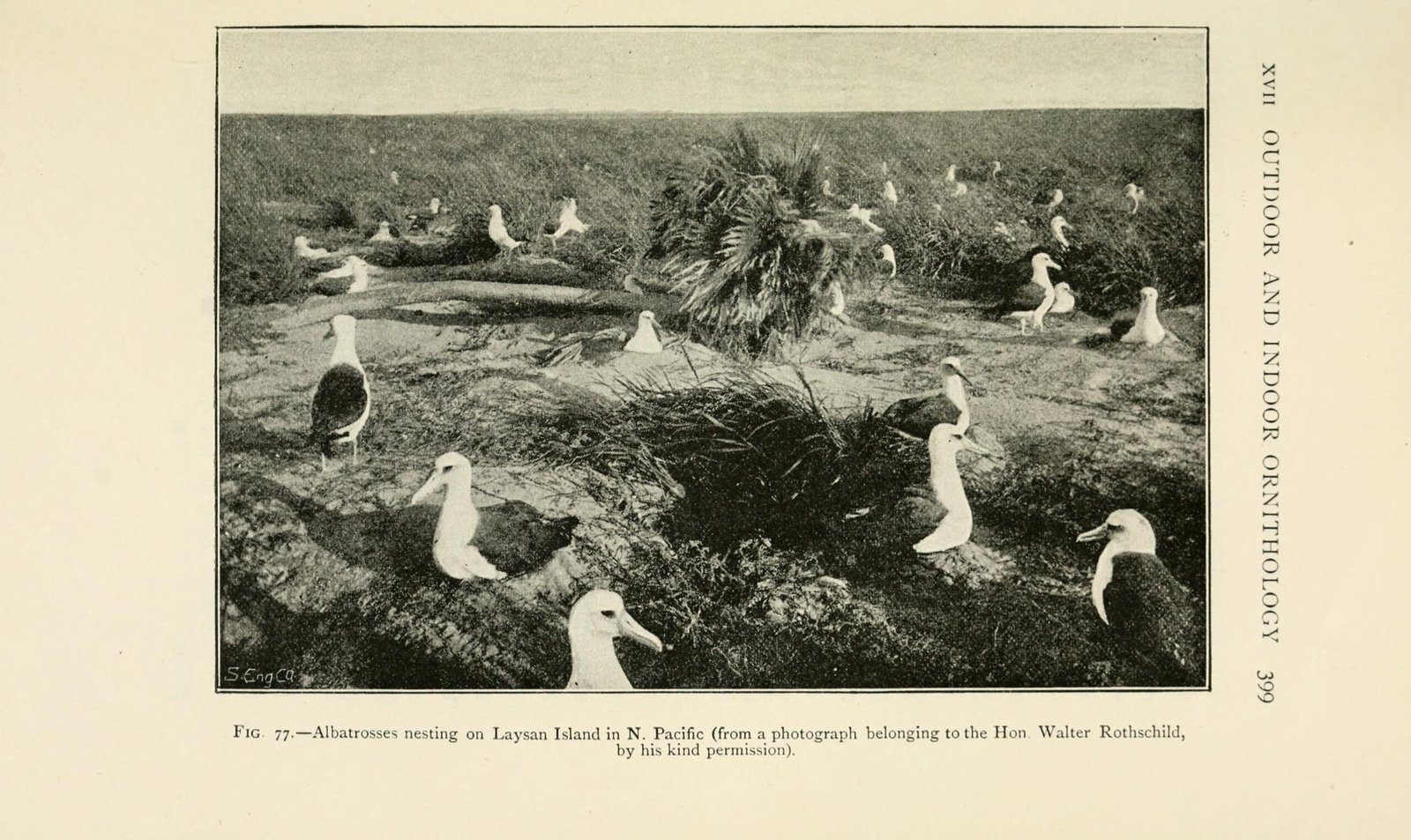
The British Isles played a pivotal role in both the life and loss of the Great Auk. Places like St. Kilda and Papa Westray were once vital breeding grounds, their cliffs echoing with the calls of thousands of birds. Local folklore recorded the bird’s presence in songs, stories, and even place names. When the last British Great Auk was killed in the early 19th century, a sense of loss rippled through coastal communities. Today, these islands are haunted by the memory of the seabird, with memorials and museum displays keeping its story alive. The British connection remains a poignant chapter in the Great Auk’s saga.
Scientific Fascination: A Catalyst for Conservation
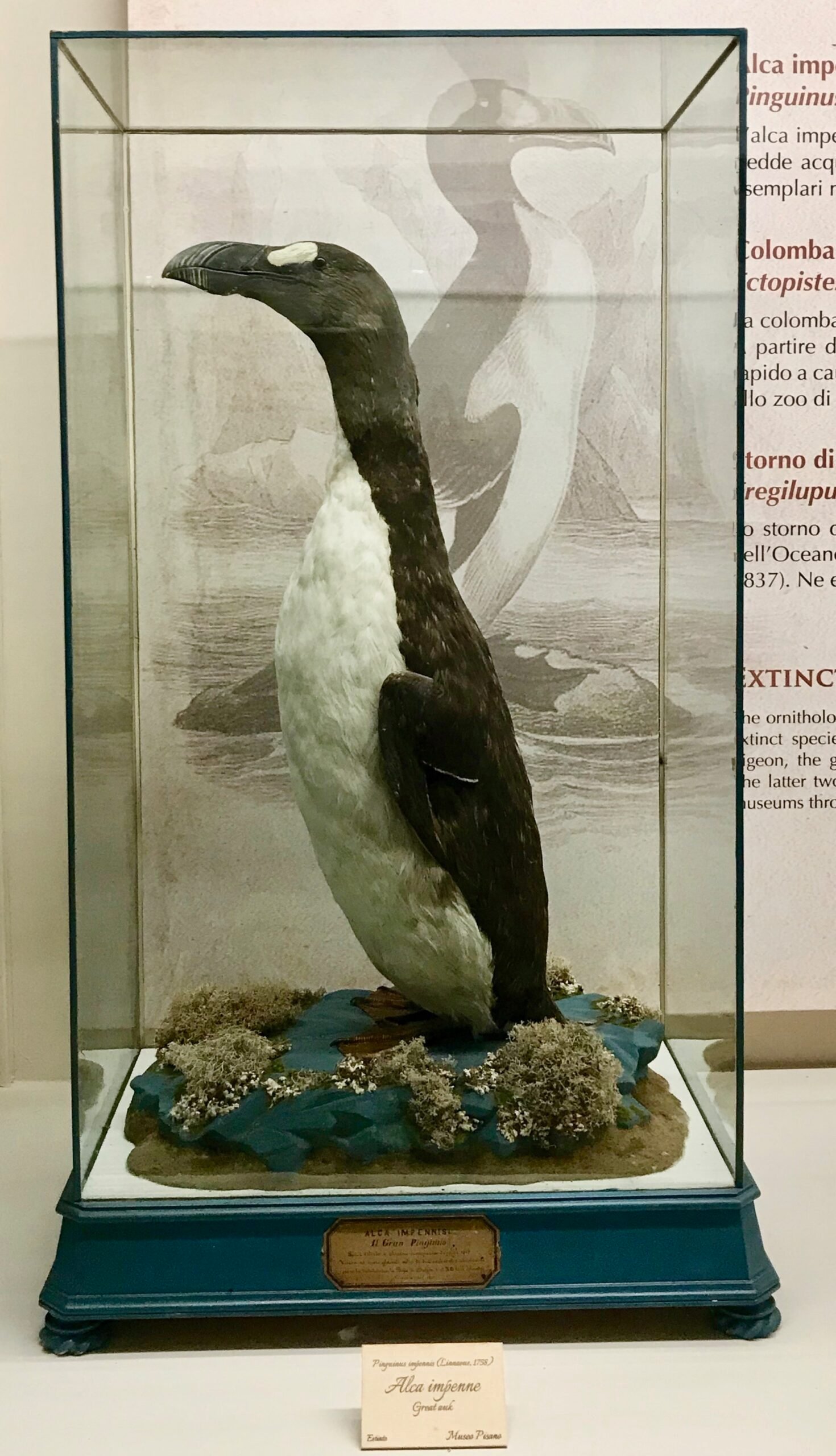
The extinction of the Great Auk shocked scientists and naturalists, prompting some of the earliest debates about conservation. Museums and collectors scrambled to obtain specimens, leading to a grim rush for the last surviving birds and eggs. This tragedy helped spark a new awareness of humanity’s impact on wildlife, sowing seeds for later conservation movements. The Great Auk became a symbol—a rallying cry for protecting other threatened species. Its story is still taught in biology classrooms as a case study in extinction and the need for stewardship. The bird’s memory continues to shape scientific thinking today.
Specimens and Relics: Echoes in Museums
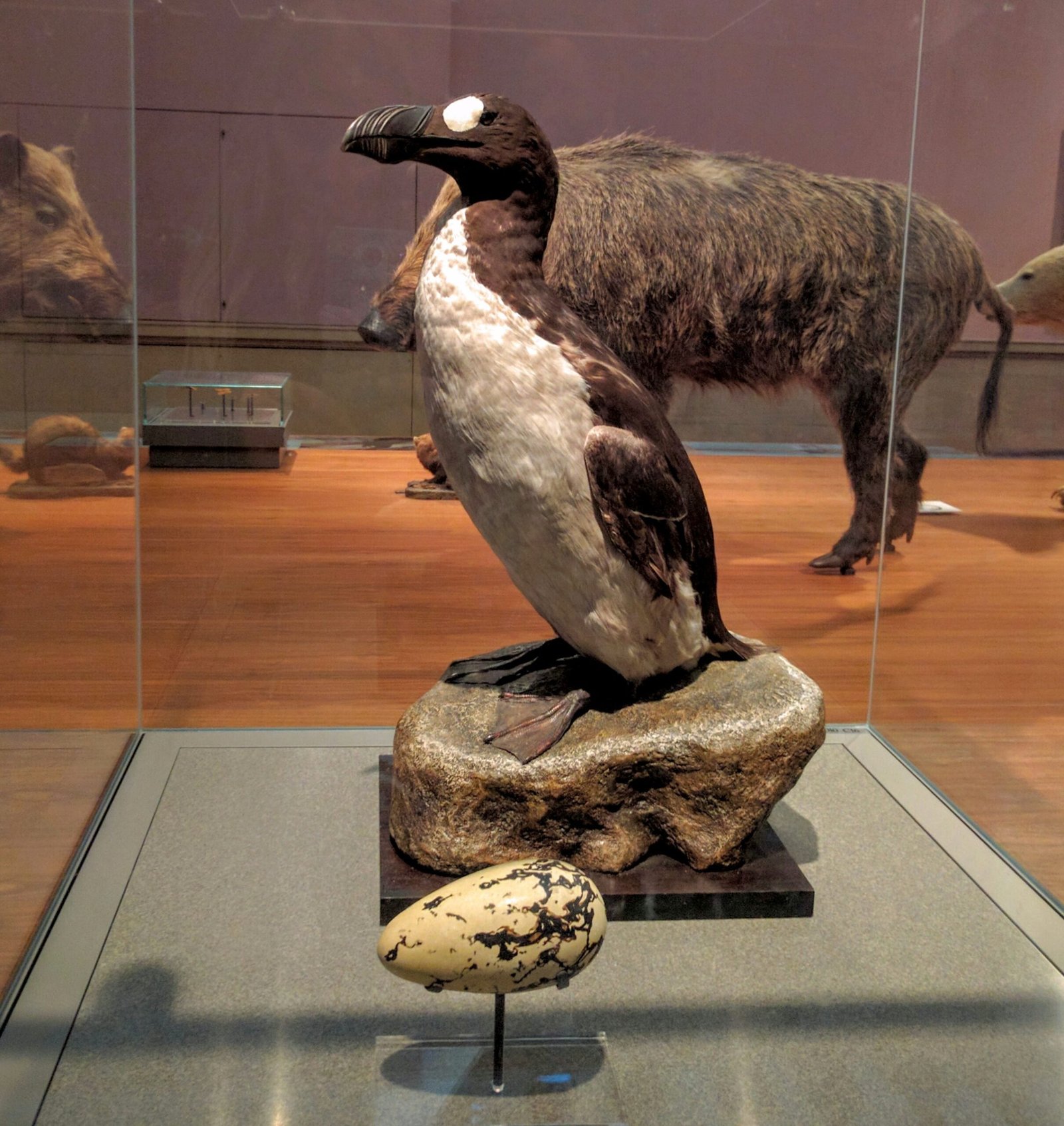
Today, the Great Auk survives only in taxidermied skins, bones, and a precious few eggs scattered in museums around the world. These relics are both a testament to scientific curiosity and a somber reminder of what’s been lost. In the Natural History Museum in London, visitors can gaze upon the preserved remains of this vanished bird, their glassy eyes staring back from another age. Each specimen tells a story, not just of the bird itself, but of the people who collected, studied, and ultimately mourned it. These physical echoes keep the Great Auk alive in public memory, even as its living voice is lost forever.
DNA and Possibilities: Science Looks to the Future
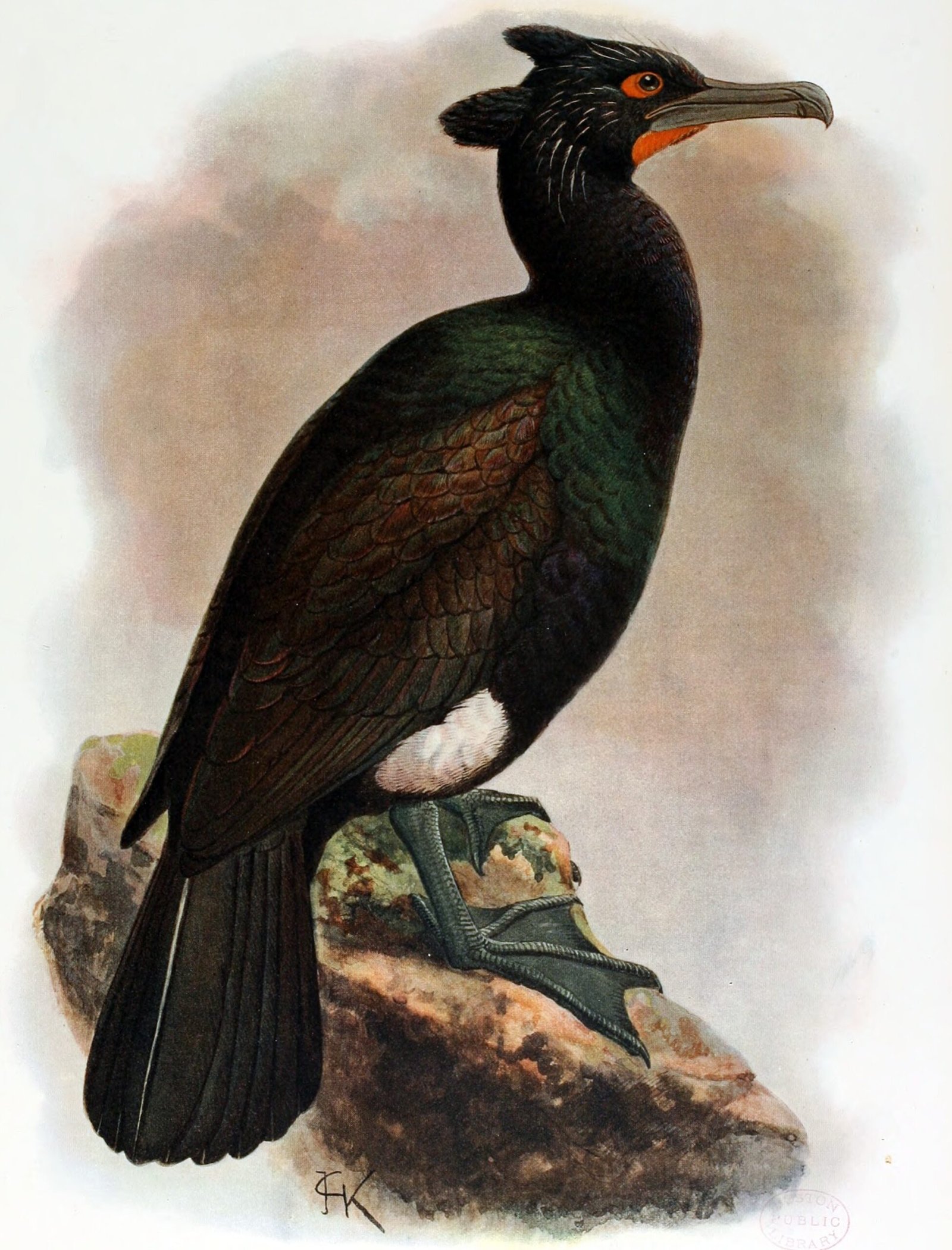
Modern genetics has offered surprising new insights into the Great Auk’s life and relationships. By analyzing preserved DNA from bones and feathers, scientists have unraveled its evolutionary history, discovering close ties to the razorbill—a smaller, still-living cousin. There have even been whispered debates about the possibility of “de-extinction” through cloning or gene editing, though such ideas remain controversial and challenging. Still, the study of Great Auk DNA helps illuminate how species adapt to extreme environments, and how quickly they can disappear. The genetic legacy of the Great Auk continues to inform research into conservation and the fragility of life.
Ecological Impact: A Missing Piece in the Puzzle
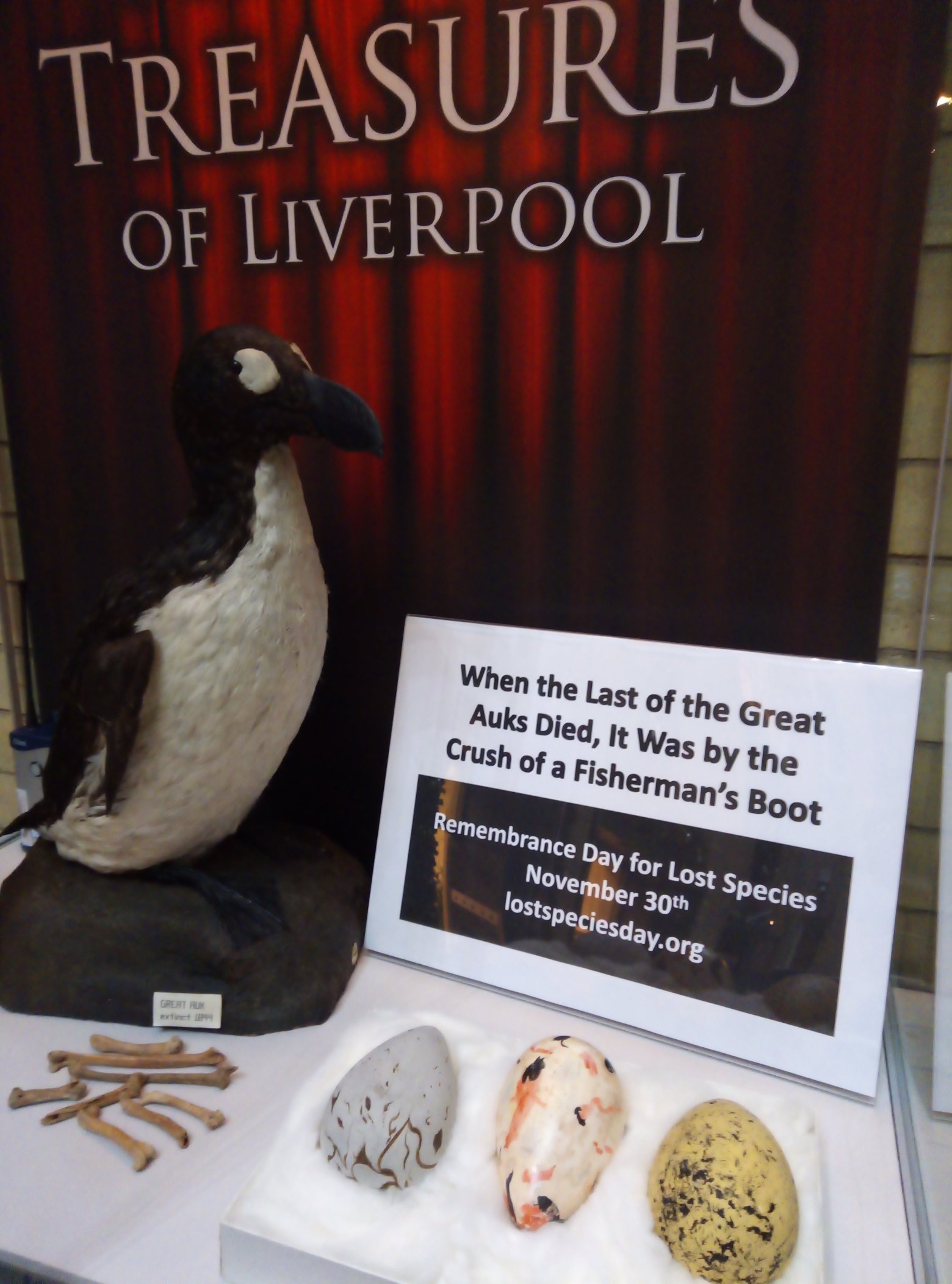
The disappearance of the Great Auk left a gap in the North Atlantic ecosystem. As a top predator of small fish, its absence may have shifted the balance among other seabirds and marine life. Scientists have speculated about cascading effects on food webs, though the full consequences remain mysterious. The loss of the Great Auk is a reminder that every species plays a role, and that extinction can set off unpredictable changes in the natural world. The empty cliffs and quiet waters where Great Auks once thrived still bear silent witness to their missing presence.
Haunted by Loss: The Human Response

The story of the Great Auk continues to haunt the imagination of artists, poets, and writers. Its extinction is mourned not just as a scientific loss, but as a cultural tragedy. Paintings, novels, and even operas have drawn inspiration from its fate, using the bird as a symbol of innocence destroyed by human carelessness. For many, the Great Auk represents a challenge: to learn from the past and find new ways to live alongside the natural world. Its ghost lingers in the collective memory—a reminder of both beauty and fragility.
Folklore and Myth: The Great Auk in Legend
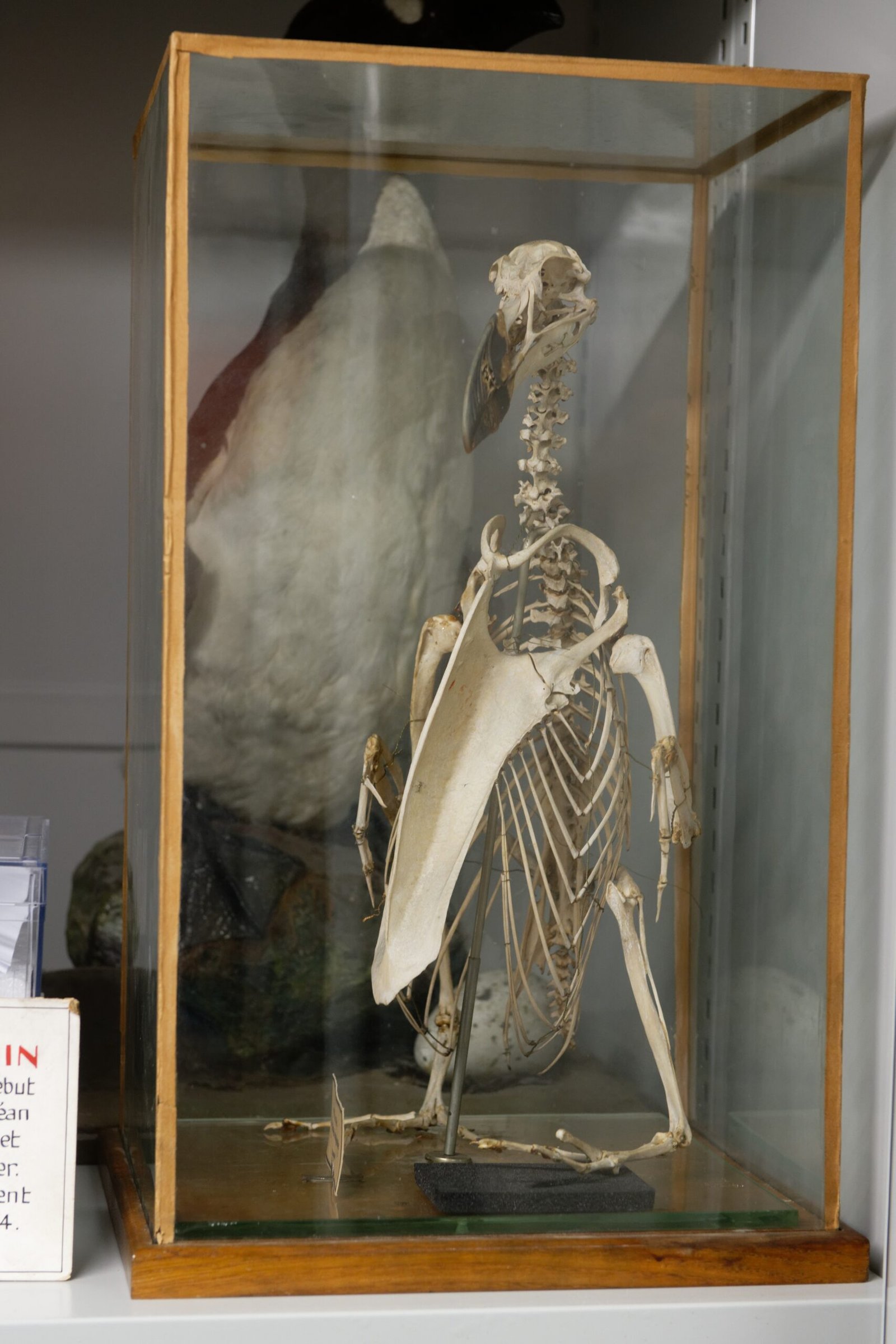
Long before scientists studied the Great Auk, local fishermen and islanders wove tales about it. Some believed the birds brought storms or were transformed souls, while others saw them as omens of good or ill fortune. The bird’s strange appearance and habits gave rise to myths that still echo in coastal communities. These stories blend fact and fantasy, reflecting the deep connection between people and the wild places they inhabit. Even in extinction, the Great Auk lives on in legend, a creature of both reality and imagination.
Lessons Learned: A Call for Responsibility
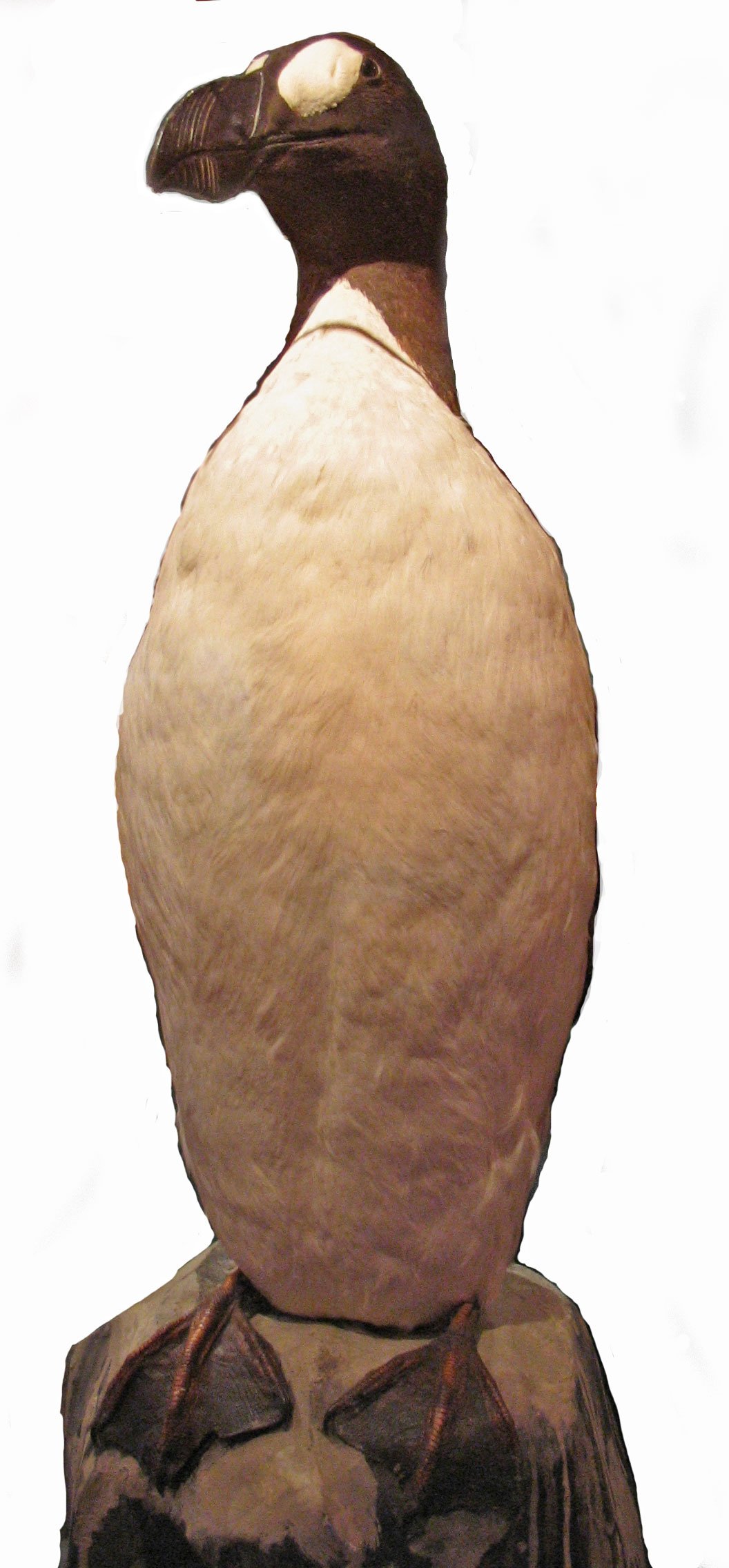
The extinction of the Great Auk is a stark lesson in the consequences of unchecked exploitation. Its story is cited in conservation circles as a warning—one that remains all too relevant today. Modern seabirds face similar threats, from overfishing to habitat loss and climate change. The fate of the Great Auk reminds us that urgent action is needed to protect what remains. Its memory compels us to look beyond short-term gains and consider the long-term health of the planet. The lesson is clear: once lost, some treasures cannot be regained.
Modern Conservation: Protecting Today’s Seabirds
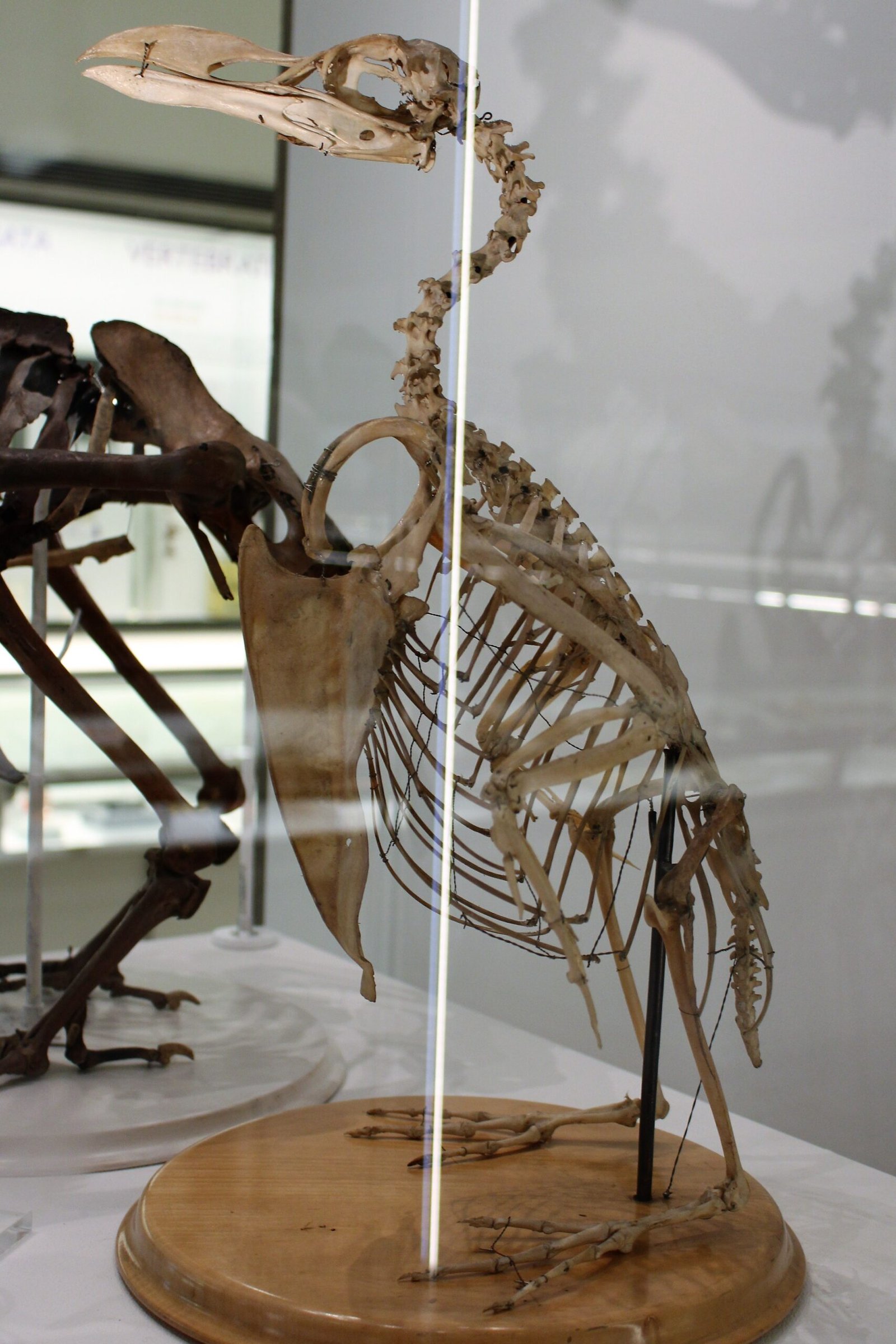
Inspired by the Great Auk, conservation efforts have grown to protect remaining seabird colonies around the British Isles and beyond. Sanctuaries and reserves have been established on key islands, with strict rules against disturbance and egg collecting. Scientists monitor populations, track migrations, and study the effects of pollution and climate change. Community groups and volunteers play a vital role, helping to restore habitats and educate the public. These ongoing efforts are a testament to the enduring impact of the Great Auk’s story—a pledge to never let such a loss happen again.
The Great Auk in Popular Culture

The mysterious and tragic fate of the Great Auk has sparked creative works across the world. Children’s books, documentaries, and even video games have featured the bird as a character or symbol. Its image appears on stamps, coins, and logos, keeping its memory alive in unexpected places. The Great Auk has become a touchstone for discussions about extinction, ethics, and the relationship between humans and nature. Its story continues to inspire curiosity and debate, reaching audiences far beyond the world of ornithology.
Citizen Science and Public Engagement
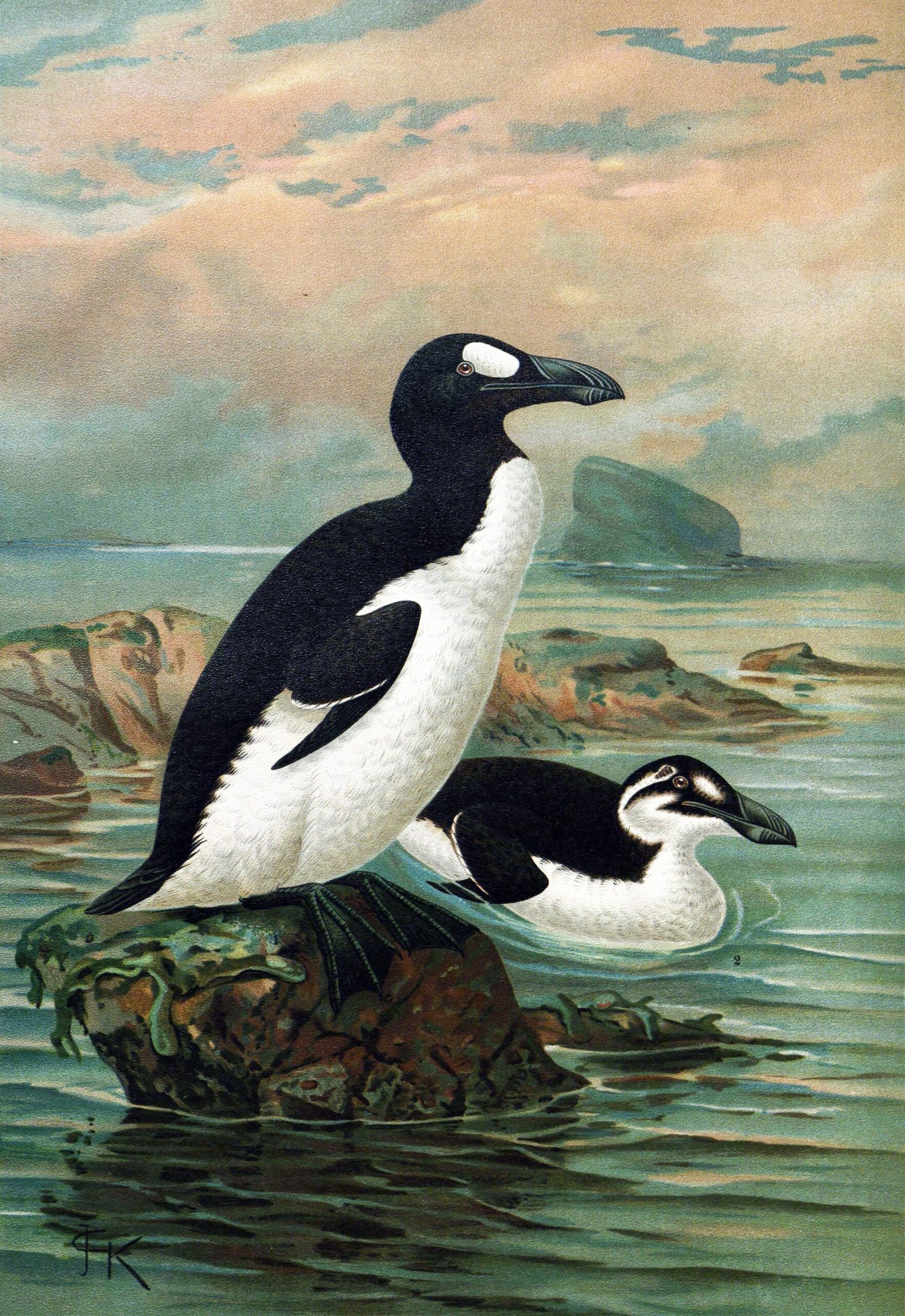
The legacy of the Great Auk has spurred a growing movement of citizen scientists and nature lovers. Birdwatchers, amateur naturalists, and schoolchildren participate in seabird surveys, beach cleanups, and educational programs. These grassroots efforts help gather data, protect habitats, and foster a deeper appreciation for the natural world. The story of the Great Auk serves as a rallying point, reminding people that everyone has a role to play in conservation. The bird’s memory is kept alive not just by scientists, but by ordinary people moved to action.
Inspiration for the Future
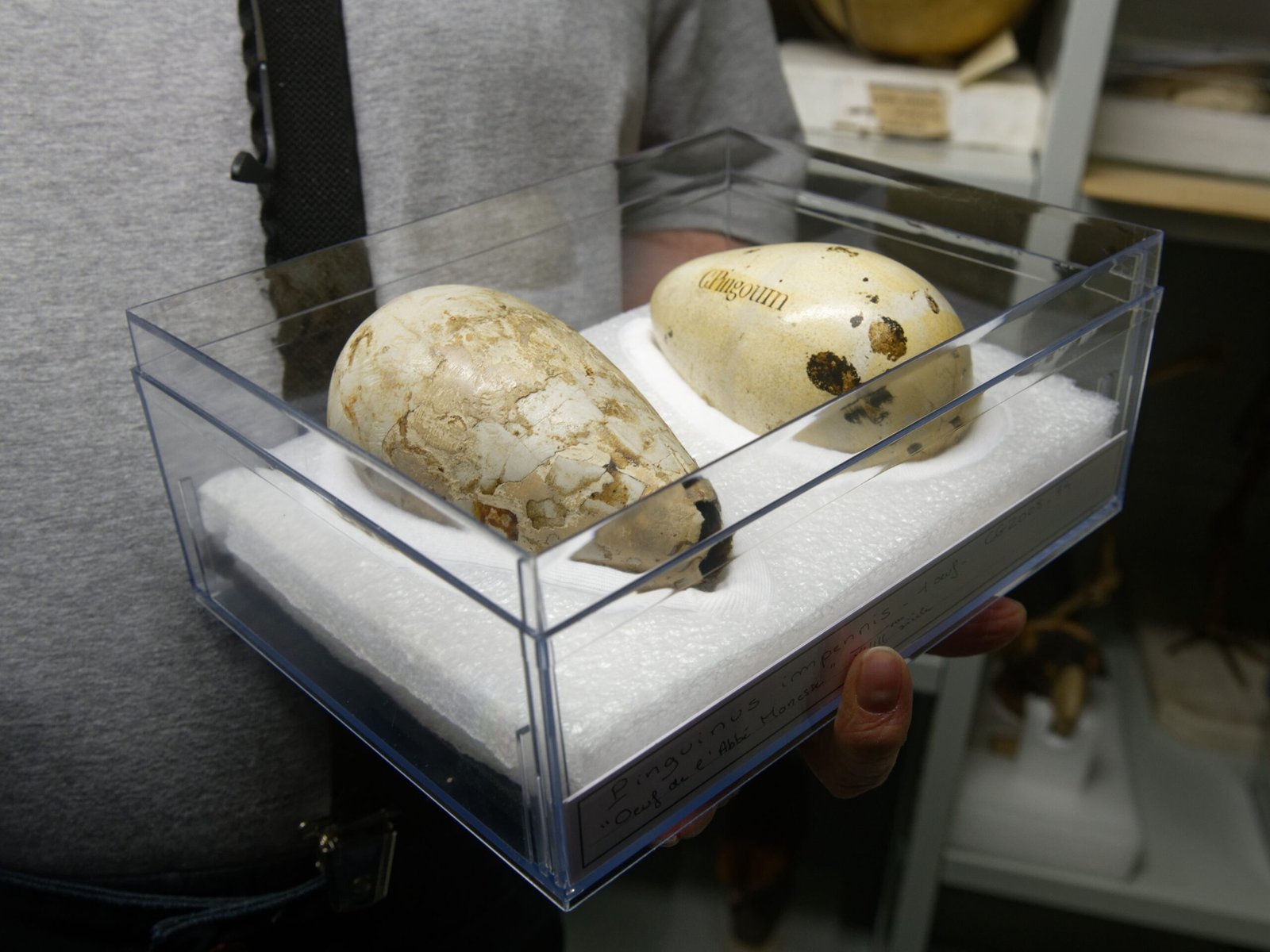
The haunting story of the Great Auk leaves an indelible mark on all who learn it. Its rise and fall encapsulate both the wonder and the peril of human interaction with nature. As we face new challenges—from climate change to biodiversity loss—the Great Auk’s legacy urges us to act with greater care and humility. The vanished seabird calls out to future generations, challenging us to imagine a world where such losses are no longer inevitable. What will we do with the lessons it left behind?




